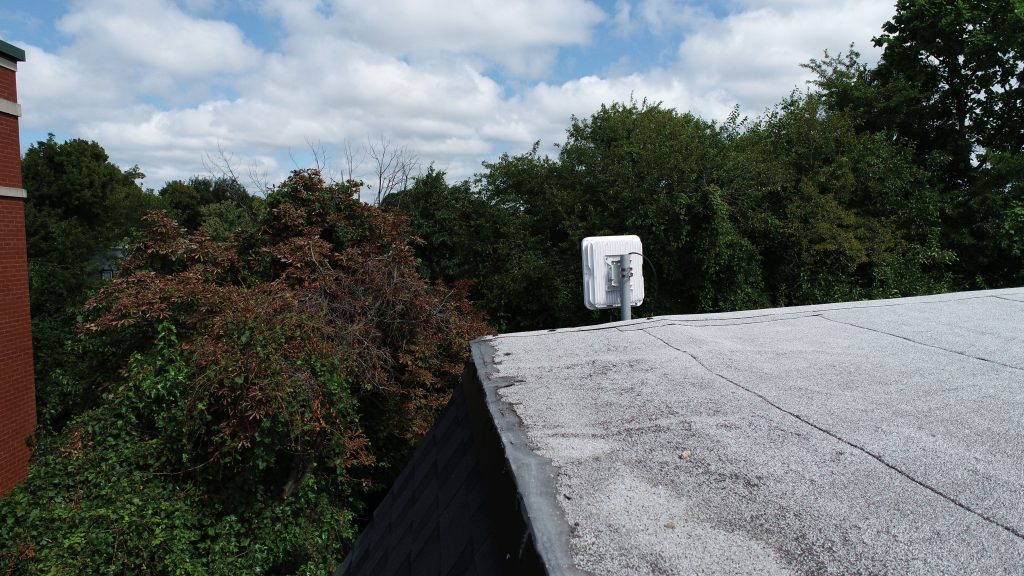This is the fourth of a series of blogs taking a closer look at what is required by next-generation fixed wireless platforms to deliver the outstanding results typical of this category. For a more comprehensive discussion of all aspects of ngFWA design, download the ngFWA Technology Primer.
A hallmark of next-generation fixed wireless is the ability to create reliable, high-performing links even in obstructed environments. G1’s highly precise and continuously perfected beamforming solutions enable several unique capabilities. One of these is essentially perfect multipath integration, which drives our unique level of nLoS and NLoS performance.
Anyone who has deployed fixed wireless knows a challenge of outdoor deployments is the scarcity of pure line-of-sight links. The ability to operate reliably in n/NLoS conditions is, therefore, of critical importance for the feasibility of any FWA solution. It’s simply not cost-effective to have base nodes within LoS of every subscriber, given the relative scarcity and nontrivial cost of sufficiently tall vertical assets and their associated backhaul connectivity. NLoS propagation dramatically lowers the range, link speed, and reliability for legacy fixed wireless technologies.
G1 overcomes these obstacles by combining the features described so far in this series with an innovative approach to handling multipath. Multipath, which occurs when signals bounce off or bend around obstacles (i.e., reflection and diffraction) and take multiple paths from the transmitter to the receiver, is usually considered a negative rather than a positive for wireless communications. With ngFWA, that is no longer the case.
G1 can take advantage of a rich diversity of signal paths to find a way for a signal to get around an obstacle, by collecting multipath signals on receive — which have various angles of arrival, amplitude, phases, and delays — and combining them to recreate the original signal. With G1, individual beamforming solutions are computed on a per-subcarrier basis, yielding perfect NLoS that combines all relevant multipath vectors. This Tarana innovation is called space time frequency adaptive processing (STFAP). STFAP divides an 80 MHz channel into 6,864 orthogonal frequency-division multiple access (OFDMA) beamlets per layer with their associated N-1 nulls per beamlet.
Unlike other FWA systems where RF energy from multipath is lost, G1 recaptures all available energy, delivering line-of-sight performance even in near- or non-line-of-sight conditions.
As is always the case, seeing is believing. For those who haven’t had an opportunity to see G1 in action, we also have blogs that discuss operators who have deployed G1 in obstructed environments. Operators who are now believers include Crowsnest, NMSurf, and DigitalC (see the first image above for one of their typical installations). We’ve even had operators suffer tower damage and G1 continues to offer service while highly obstructed.
If you just can’t wait to learn more, check out our other blogs or some of our favorite customer links. Or reach out to us at info@taranawireless.com. We’d love to hear from you.
